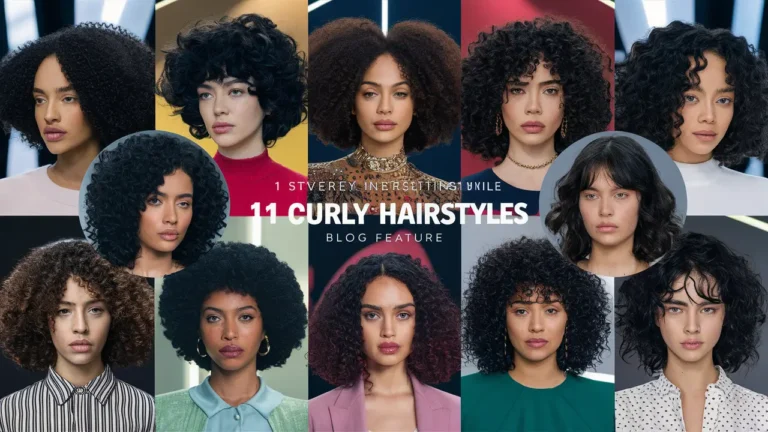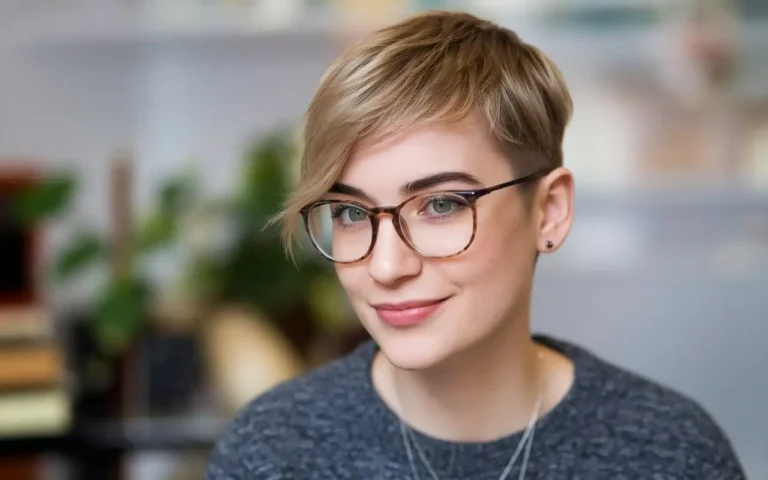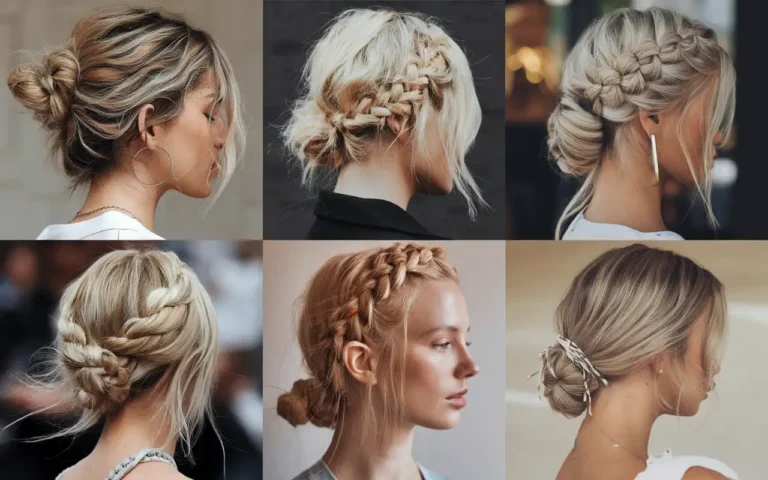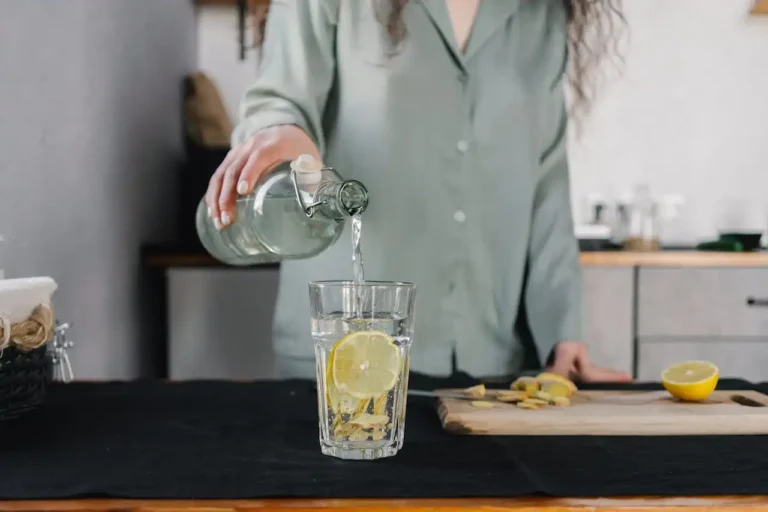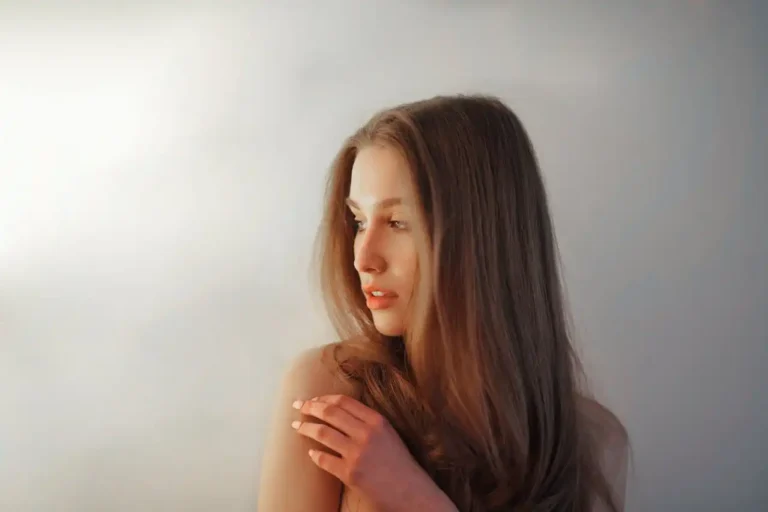11 Dark Blonde Hair Color Ideas: Try Now
Finding the right hair color can be a fun and transformative experience. One versatile and trendy option is dark blonde, which offers a range of shades suitable for different skin tones and personal styles.
From subtle highlights to richer, more intense hues, there are many ways to personalize this look.

Why choose dark blonde?
This shade is perfect for those wanting an elegant yet natural appearance. It’s an excellent choice that balances light and dark, offering just the right amount of brightness without being too bold.
1: Honey Blonde Highlights



Honey blonde highlights can add a warm, golden shimmer to dark blonde hair. These highlights blend natural-looking blonde tones that mimic the rich color of honey. They work well for adding dimension and brightness without drastically changing colors.
I love how honey-blonde highlights enhance both wavy and straight hairstyles. They bring out the texture and lighten the overall look. It’s a versatile option that complements various skin tones.
Incorporating honey-blonde highlights creates a soft, sun-kissed effect. This shade is perfect for those wanting a subtle yet noticeable update to their dark blonde locks.
2: Ashy Dark Blonde



Ashy dark blonde is a cool-toned blonde with hints of silver and gray. This shade is perfect for people with naturally light hair and cool skin undertones.
I love this color for its subtle, smoky vibe. It looks sophisticated and modern without being too bold.
3: Caramel Dark Blonde Ombre


I love the blend of caramel and dark blonde. It creates a rich, warm look. Caramel tones give depth and dimension to dark blonde hair.
This color mix is perfect for fall. It adds a natural glow that’s easy to maintain, and the transition from dark roots to caramel ends is seamless.


To keep my hair looking fresh, I use a deep conditioner weekly. This keeps my hair soft and shiny and protects the color from fading.
4: Cool-Toned Balayage


Cool-toned balayage adds a fresh twist to dark blonde hair. I add ashy blonde highlights to give the hair a cooler look. This method gives a modern vibe without looking too harsh.
Using shades like icy blonde and platinum can add depth. These cooler tones blend nicely with dark roots, making the grow-out process smooth. It creates a sophisticated style that’s perfect for any season.
5: Dark Blonde with Face-Framing Layers


I love the idea of dark blonde with face-framing layers. This style adds depth and dimension, helping shape the face and emphasize features.
These layers can work on any hair length. They look stylish with both straight and wavy textures.
Adding some highlights around the face makes the color pop. It’s a perfect way to brighten the complexion without a full dye job.
6: Subtle Gold Undertones


Subtle gold undertones bring a warm and natural look to dark blonde hair. These tones add a hint of sunlight without being too bold.
Subtle gold undertones work well with various skin tones and enhance natural beauty.
7: Sun-Kissed Beach Waves


I love the look of sun-kissed beach waves. Dark blonde hair perfectly complements this style.
You can add soft, blonde highlights to give your hair a radiant glow. These waves add softness and movement, giving you that perfect summer vibe.
8: Dark Blonde with Lowlights


I love how dark blonde hair looks with lowlights. It creates a deep, rich effect full of dimension, and the blend of shades adds texture and interest.
Adding lowlights to dark blonde can also be pretty low-maintenance. They grow out nicely, reducing the need for constant touch-ups. Plus, they can make your hairstyle last longer without looking dull.


This style works well with many skin tones. It can complement warm and cool undertones, making it a versatile choice. The look is perfect if you aim for a natural yet sophisticated vibe.
9: Smoky Rooted Dark Blonde


Smoky-rooted dark blonde is a cool look for those who want to blend dark and light tones. I like how the dark roots create depth and contrast with the lighter ends. This style works well for anyone seeking a low-maintenance yet stylish option.


10: Honey Bronde Blend


I love the mix of honey blonde and brunette tones. This blend adds warmth and richness to my hair. It looks natural and soft.
The honey bronde blend works well for almost any skin tone. It gives my hair a lovely dimensional effect.


11: Chestnut and Dark Blonde Mix


When I mix chestnut and dark blonde, I get a stunning result. The rich, reddish tones of chestnut add warmth and depth to the darker blonde base.
This blend looks especially lovely in natural light.
The Science Behind Dark Blonde Hair Color
Dark blonde hair, often described as a rich, warm hue between blonde and light brown, is a complex interplay of pigments and light reflection. The science behind this captivating color lies in the structure and composition of hair itself.
Hair color is determined by the presence and ratio of two types of melanin: eumelanin and pheomelanin. Eumelanin is responsible for brown and black pigments, while pheomelanin creates red and yellow tones.
Dark blonde hair typically has a moderate amount of both types of melanin, with slightly more eumelanin than lighter blonde shades.

The appearance of dark blonde hair is also influenced by how light interacts with these pigments. The hair shaft’s structure plays a crucial role in this interaction. The cuticle, the outermost layer of the hair, comprises overlapping scales.
These scales tend to lie relatively flat in dark blonde hair, allowing light reflection while still showcasing the underlying pigments.
The natural dark blonde color is also affected by the distribution of melanin within the hair shaft. In dark blonde hair, melanin granules are typically more dispersed than in darker hair colors but more concentrated than in lighter blondes.
This distribution creates the characteristic depth and richness associated with dark blonde shades.
Environmental factors can also influence the appearance of dark blonde hair. Exposure to sunlight, for example, can lead to natural lightening, as UV rays break down melanin pigments over time.

This process can create subtle variations in tone, often resulting in a multi-dimensional dark blonde color.
Understanding the science behind dark blonde hair color is crucial for maintaining natural dark blonde hair and achieving this color through hair dye.
When coloring hair to a dark blonde shade, the process often involves lifting the natural hair color to remove some existing pigment and depositing new pigments to achieve the desired dark blonde tone.
Choosing the Right Shade of Dark Blonde
Selecting the perfect shade of dark blonde is a nuanced process that requires consideration of several factors to ensure a flattering and natural-looking result.
Firstly, it’s essential to understand your skin’s undertone. Skin undertones can be warm (golden, yellow), cool (pink, red), or neutral.
Generally, warm dark blonde shades complement warm skin tones, while cooler dark blonde hues suit cool skin tones. For neutral undertones, warm and cool dark blonde shades can be flattering.
The natural base color of your hair also plays a crucial role in choosing the right dark blonde shade. If you’re naturally blonde, going darker is relatively straightforward.
However, if you have darker hair, achieving a dark blonde shade might require more processing, which can affect the health of your hair.

Consider your eye color as well. Dark blonde shades can beautifully enhance eye color. For instance, golden dark blonde can make blue eyes pop, while ashier tones complement green eyes.
It’s also important to consider the maintenance level to which you’re willing to commit. Warmer dark blonde shades tend to fade less noticeably, while cooler tones might require more frequent touch-ups to prevent brassiness.
The season and your lifestyle can also influence your choice. Lighter dark blonde shades might be preferred for summer, while richer, deeper tones could be more appealing for fall and winter.
If you spend a lot of time outdoors, a shade closer to your natural color might be easier to maintain.
When choosing a dark blonde shade, it’s helpful to look at color swatches or pictures for inspiration. However, remember that the same color can look different on various people due to differences in base hair color, skin tone, and texture.
If unsure, consider starting with a shade closer to your natural color and gradually going lighter or darker in subsequent colorings. This approach allows you to adjust and find the perfect dark blonde shade that suits you best.
Professional colorists can provide valuable advice in choosing the right dark blonde shade. They can assess your skin tone, natural hair color, and other factors to recommend the most flattering option.
They can also create custom dark blonde shades by mixing different tones to achieve a unique and personalized color.
Finally
Understanding the science behind dark blonde hair and choosing the right shade involves considering various factors, from skin tone to lifestyle.
Whether opting for a natural look or a bold change, selecting the perfect dark blonde shade can enhance your overall appearance and boost confidence.


